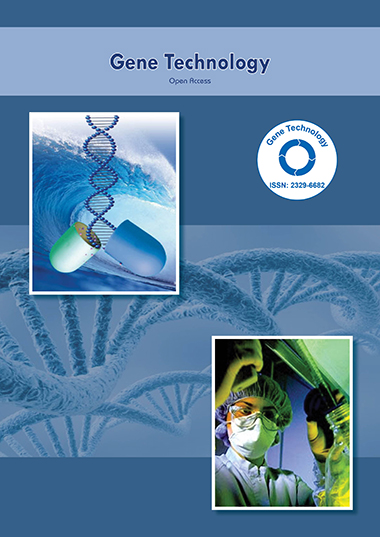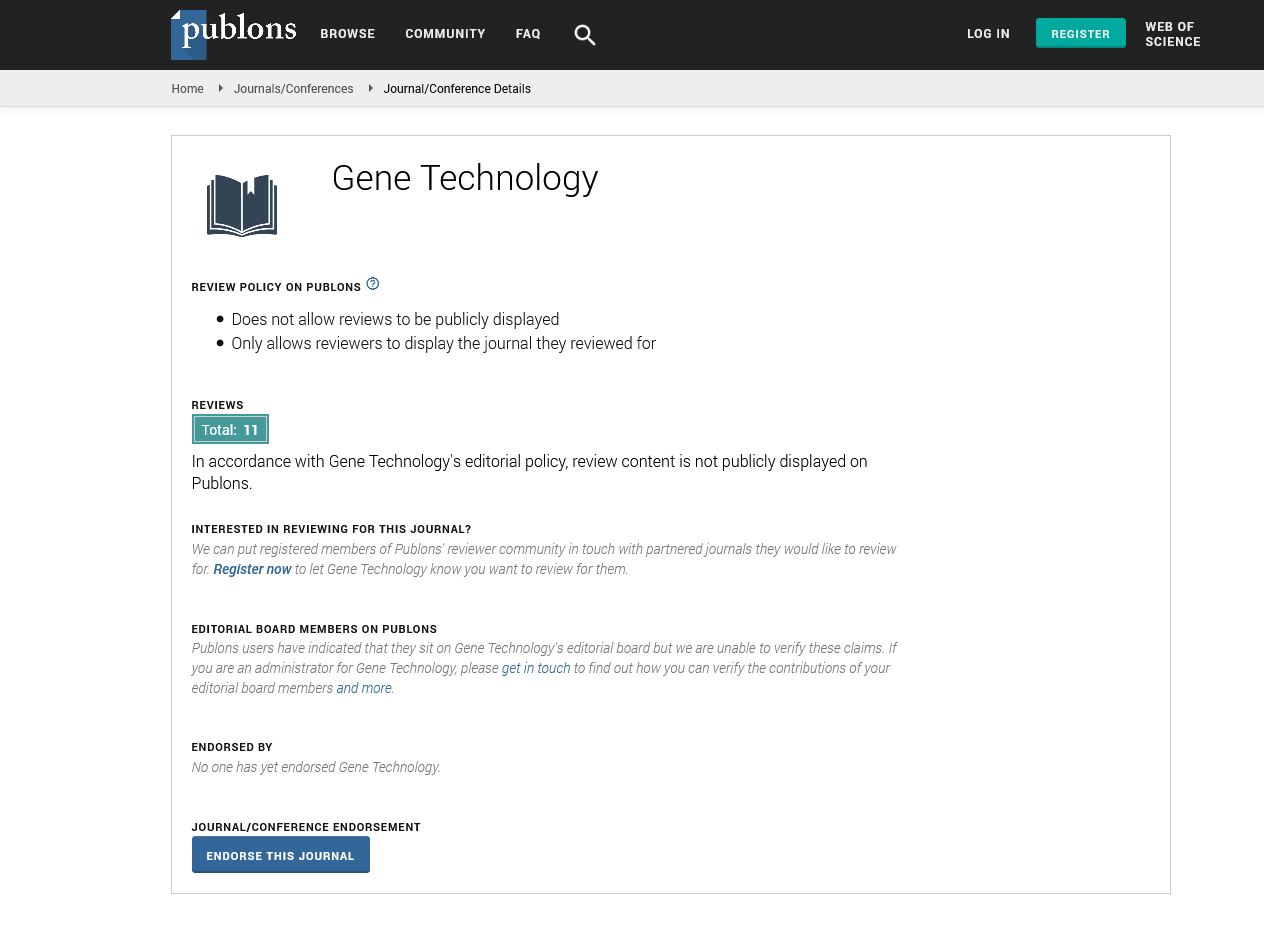Indexed In
- Academic Keys
- ResearchBible
- CiteFactor
- Access to Global Online Research in Agriculture (AGORA)
- RefSeek
- Hamdard University
- EBSCO A-Z
- OCLC- WorldCat
- Publons
- Euro Pub
- Google Scholar
Useful Links
Share This Page
Journal Flyer

Open Access Journals
- Agri and Aquaculture
- Biochemistry
- Bioinformatics & Systems Biology
- Business & Management
- Chemistry
- Clinical Sciences
- Engineering
- Food & Nutrition
- General Science
- Genetics & Molecular Biology
- Immunology & Microbiology
- Medical Sciences
- Neuroscience & Psychology
- Nursing & Health Care
- Pharmaceutical Sciences
Opinion - (2025) Volume 14, Issue 1
The Role of Genetic Transformation in Biotechnology
Jozsef Nagy*Received: 01-Mar-2025, Manuscript No. RDT-25-29037; Editor assigned: 03-Mar-2025, Pre QC No. RDT-25-29037 (PQ); Reviewed: 17-Mar-2025, QC No. RDT-25-29037; Revised: 24-Mar-2025, Manuscript No. RDT-25-29037 (R); Published: 31-Mar-2025, DOI: 10.35248/2329-6682.25.14.314
Description
Genetic transformation is a foundation technique in modern biotechnology and gene technology, enabling the direct manipulation of an organism's genetic material to achieve desired traits or functions. This process involves the introduction, modification, or replacement of genes within an organism's genome using various molecular tools. Originally developed for bacteria, genetic transformation has since been successfully applied to a broad range of organisms, including plants, animals, and even human cells, making it integral to agricultural, medical, and industrial biotechnology.
The core principle behind genetic transformation lies in the ability to transfer exogenous DNA into a host cell, where it can integrate with the host genome or exist as an independent element, such as a plasmid. In prokaryotic systems, particularly in Escherichia coli, transformation is often achieved by chemical methods like calcium chloride treatment or electroporation, which make the bacterial cell membrane permeable to foreign DNA. In eukaryotic cells, more sophisticated approaches such as microinjection, biolistics (gene gun), viral vectors, and liposome-mediated delivery are utilized depending on the target organism and the purpose of the transformation.
In plant biotechnology, Agrobacterium tumefaciens-mediated transformation is widely used. This soil bacterium naturally transfers a segment of its DNA (T-DNA) into plant cells, a mechanism that scientists have harnessed to insert desired genes into plant genomes. This method has led to the creation of genetically modified crops with traits such as pest resistance, herbicide tolerance, and improved nutritional profiles. The production of Bt cotton and golden rice are landmark examples that highlight the agricultural impact of genetic transformation.
Animal transformation, particularly in the generation of transgenic models, has revolutionized biomedical research. Techniques such as pronuclear microinjection in mice have facilitated the development of models for studying genetic diseases, gene regulation, and drug testing. More recently, genome editing tools like CRISPR-Cas9 have significantly improved the precision, efficiency, and accessibility of genetic transformation, allowing targeted modifications at specific genomic loci. This has not only enhanced basic research but also opened the door to potential therapeutic applications, including gene therapy for inherited disorders.
Gene therapy, a promising application of genetic transformation in humans, aims to treat or prevent disease by correcting defective genes. Successful examples include the treatment of Severe Combined Immunodeficiency (SCID) and certain types of inherited blindness. However, challenges remain, particularly in ensuring the safe and efficient delivery of therapeutic genes, minimizing off-target effects, and achieving long-term expression without eliciting adverse immune responses. Nonetheless, continuous advancements in vector design, delivery systems, and gene editing are gradually addressing these hurdles.
Despite its benefits, genetic transformation raises several ethical, ecological, and societal concerns. The release of Genetically Modified Organisms (GMOs) into the environment has prompted debates over biosafety, gene flow, and potential impacts on biodiversity. In the medical field, concerns regarding the long-term effects and equitable access to gene therapies are subjects of ongoing discussion. As such, regulatory frameworks and ethical guidelines play a important role in governing the application of transformation technologies.
In conclusion, genetic transformation stands at the heart of gene technology, offering powerful tools for scientific innovation and practical applications across multiple sectors. From enhancing crop resilience to advancing personalized medicine, its contributions are vast and continually expanding. As techniques become more refined and public discourse evolves, the responsible use of genetic transformation holds the potential to address some of the most pressing challenges in health, agriculture, and the environment.
Citation: Nagy J (2025). The Role of Genetic Transformation in Biotechnology. Gene Technol. 14:314.
Copyright: © 2025 Nagy J, et al. This is an open-access article distributed under the terms of the Creative Commons Attribution License, which permits unrestricted use, distribution, and reproduction in any medium, provided the original author and source are credited.

